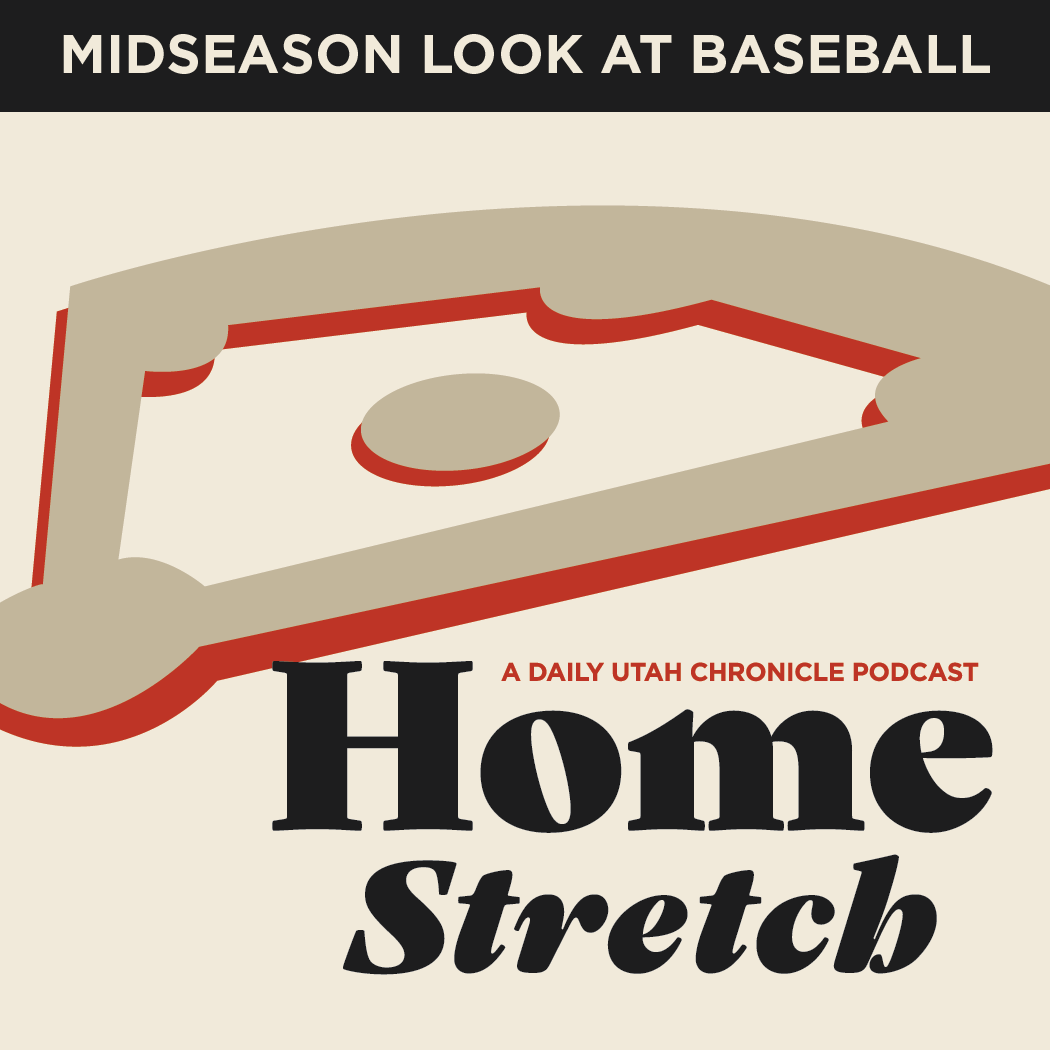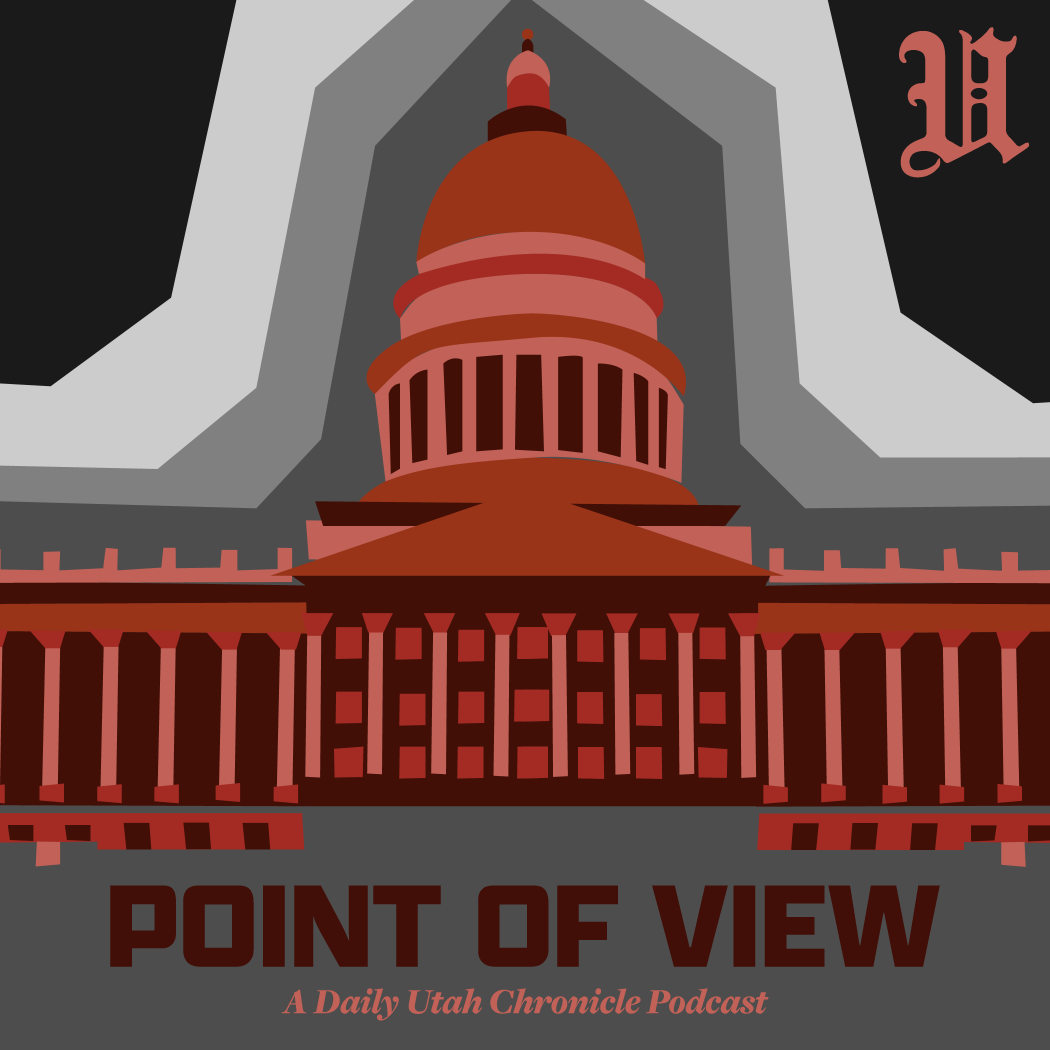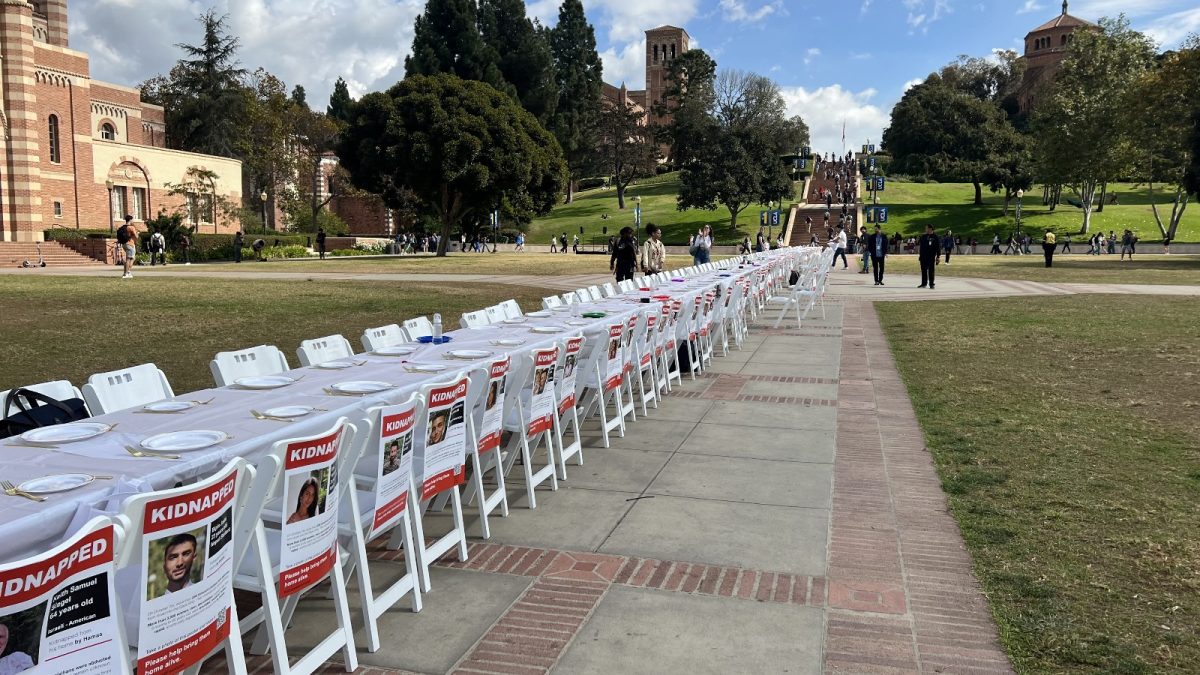Bozo Texino-rumored to be a hobo, train operator, Coors factory worker and everything in between-has a moniker: simple chalk drawing on train boxcars. His signature image-a figure-eight-brimmed cowboy hat atop a cartoonish man’s face smoking a cigarette with “Bozo Texino” thoughtfully signed beneath-is Bozo’s “Hello.”
The greeting happened to catch Texas filmmaker Bill Daniel’s eye two decades ago and has interested him ever since. Perhaps “interested” is too docile a word-the Texino image perplexed and compelled Daniel to the point that he “had to find and figure out who this guy was.”
Hence, Daniel’s sprawling documentary, “Who is Bozo Texino?”
Beginning as still-frame photos taken in 1983 and progressing to feature-film length in 1988, Daniel’s train-hopping undertaking explores the urgency of identity and communication found in chalk drawings made by nontraditional citizens, many of whom are homeless, unemployed or otherwise off the conventional radar of society.
Daniel’s film screened last Monday at the Pickle Co.-a lesser-known local arts center that hosts visual and performance art, located at 741 S. 400 West (Web site: thepicklecompany.org)-to an audience of a few dozen in the intimate setting of a concrete enclave with folding chairs.
The question “Who is Bozo Texino?” is the impetus that drives Daniel’s loose narrative along grainy-yet-fitting (and superbly shot) footage of transient life on trains and the individuals that live these gritty existences. Within Daniel’s film, a somewhat secret society makes itself known through various men that mark their signatures, such as Mainline Mac, Palm Tree Herby, Road Hog, Okay Crawdad, Coaltrane and others.
Along the romantic journey of flitting, sun-streaked scenery and the lolling roll of steel wheels, distinction is generated among terms like hobo, tramp and bum.
“A hobo is productive-they contribute and work toward goals,” said one of the film’s characters, Frisco Jack, whereas tramps and bums “don’t do jack s***.”
Similar to Frisco Jack, nearly all of “Bozo Texino’s” characters have their own anecdotes and philosophies to relate, enriching the film and adding depth to the quixotic imperative of its title. Bozo Texino himself eventually makes his presence known in a not-too-surprising surprise: Texino is just an old rail worker who, despite his boss’s dissent, enjoyed marking his symbols on thousands of boxcars.
While Texino may be the film’s namesake, its real star is the wayward artist who went by the name Buz Blur. Like Texino, he also played with repetition of a single self-portrait image. However, Buz Blur explains that, “To avoid the redundant commonness of the image I began to (include) words, names, phrases, anecdote titles, alter egos, etc.”-effectively enlivening his art with a form of transitional, yet stable, poetics.
If the film has a message in its meanderings-beyond the appreciation of visual beauty-it is that in moments of situational crises, dislocated individuals and artists alike have a compulsion to communicate their presence within an increasingly destabilized world.
And somehow-in a universe of trains, transience and tall tales-this commonality is genuinely reassuring.

Bozo Texino-rumored to be a hobo, train operator, Coors factory worker and everything in between-has a moniker











